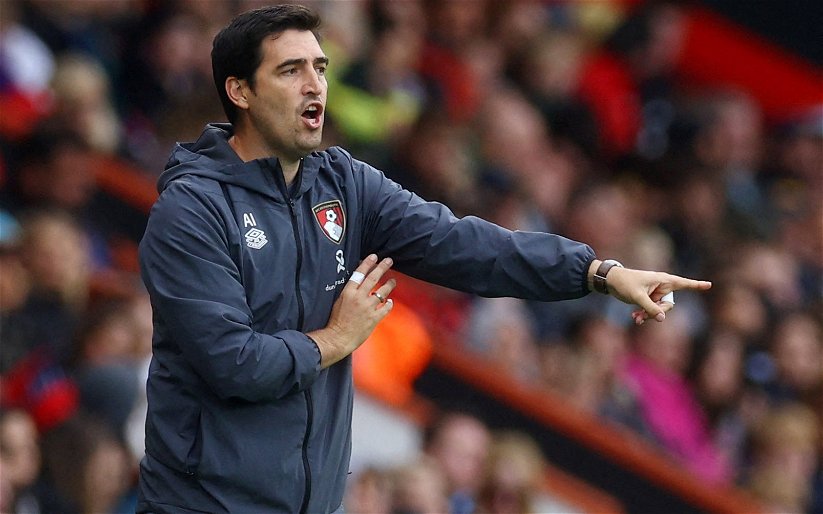Premier League clubs posted record revenues in the season of 2015/16, but across the 20 top flight teams they still posted a loss of more than £100million.
Revenues for the season rose to £3.6billion in 2015/16 but after two years of top flight clubs being in the black, Deloitte’s latest annual look at football finances showed an overall pre tax loss of £110million for the last campaign.
Manchester United and Manchester City saw their revenues rise by £160million – roughly half of the total revenue growth in the Premier League – but the loss was the result of increased player expenditure, operating costs and one off charges for the year.
The BBC quote Dan Jones, head of the Sports Business Group at Deloitte as saying.
‘The 2015-16 season saw Premier League clubs grow revenues by almost 10%, with the two Manchester clubs alone responsible for more than 50% of the increase.’
United’s strong commercial arm was boosted with European adventures and they increased revenue 30% up to £515million putting them top of the table across world football when it game to revenue generation.
‘Increased distributions to clubs competing in Europe, under the new Uefa broadcast rights cycle – notably Manchester City, who reached the semi-finals of the Uefa Champions League – also contributed to Premier League clubs’ revenue growth.’
He added that the nature of the loss was also heavily affected by ‘one off’ charges, and Chelsea more than contributed to that with their one off ‘exceptional costs’ relating to their early cancellation of the kit deal with Adidas, so it was no indication that money and revenue in the game wouldn’t continue to rise in future years, especially with this years new television deal.
‘We continue to see television deals go up, and there is no reason to believe that will end any time soon.’
Pointing to further growth from those clubs who have expanded their stadiums this year.
‘It means that clubs will enjoy a growth in that most traditional of revenue streams, namely matchday income.’
As for the financial figures for the year, compared to 2014/15 (in brackets) they read – and rounded.
Revenues – £3.6bn (£3.4bn in 2014-15)
Wage costs – £2.3bn (£2bn)
Other operating costs – £900m (£800m)
Operating profit – £500m (£500m)
Net player trading – £400m (£300m)
Other costs – £200m (£100m)
18 clubs made an operating profit
12 clubs made a pre-tax profit
The combined loss was the first since 2012/13 and the report also showed that, as many expected, associated wage costs for the rose rose as well following a then record gross transfer spend. Wages for the year were up to £2.3billion which was a rise of 12%.
You would expect wages to again be up for 2016/17 with the two windows this season reaching a spend of almost £1.4billion, but it’s worth noting that whilst wages increased, the balance to income for last year was 64% compared to 2012/13’s count of 71%.
Combined operating costs for the season remained stable at £500million which tallied with 2014/15.
Share this article




